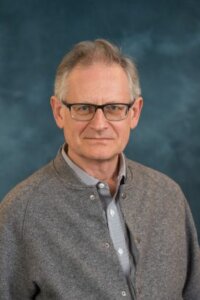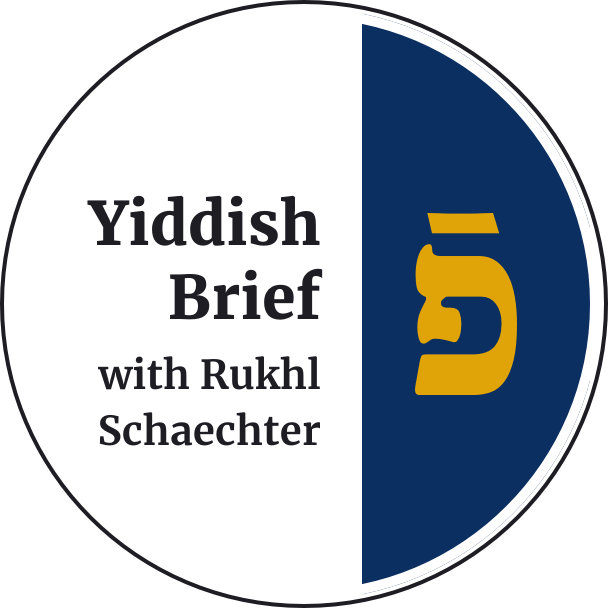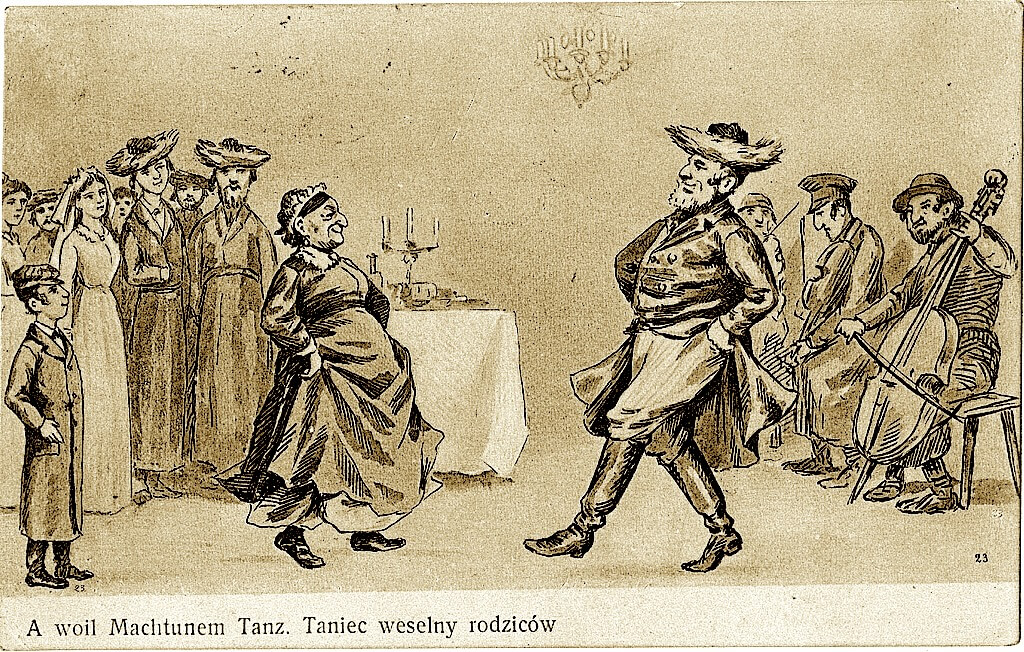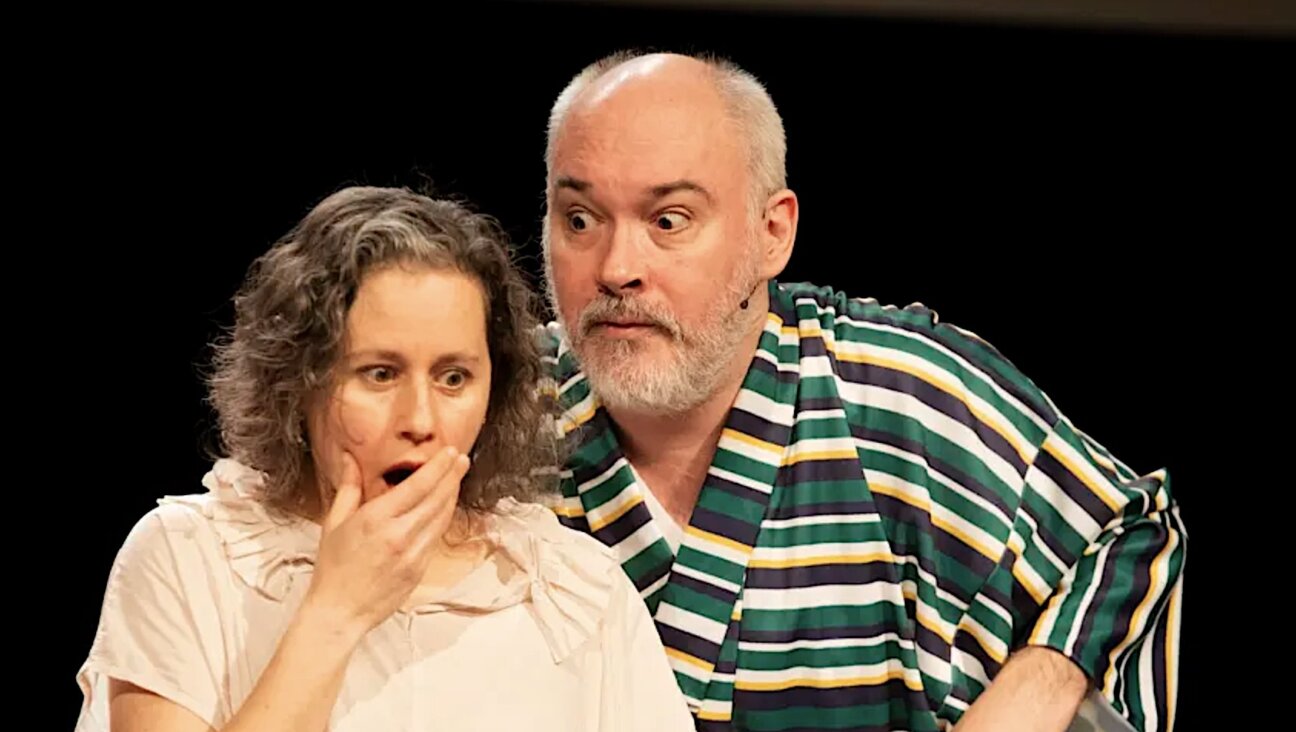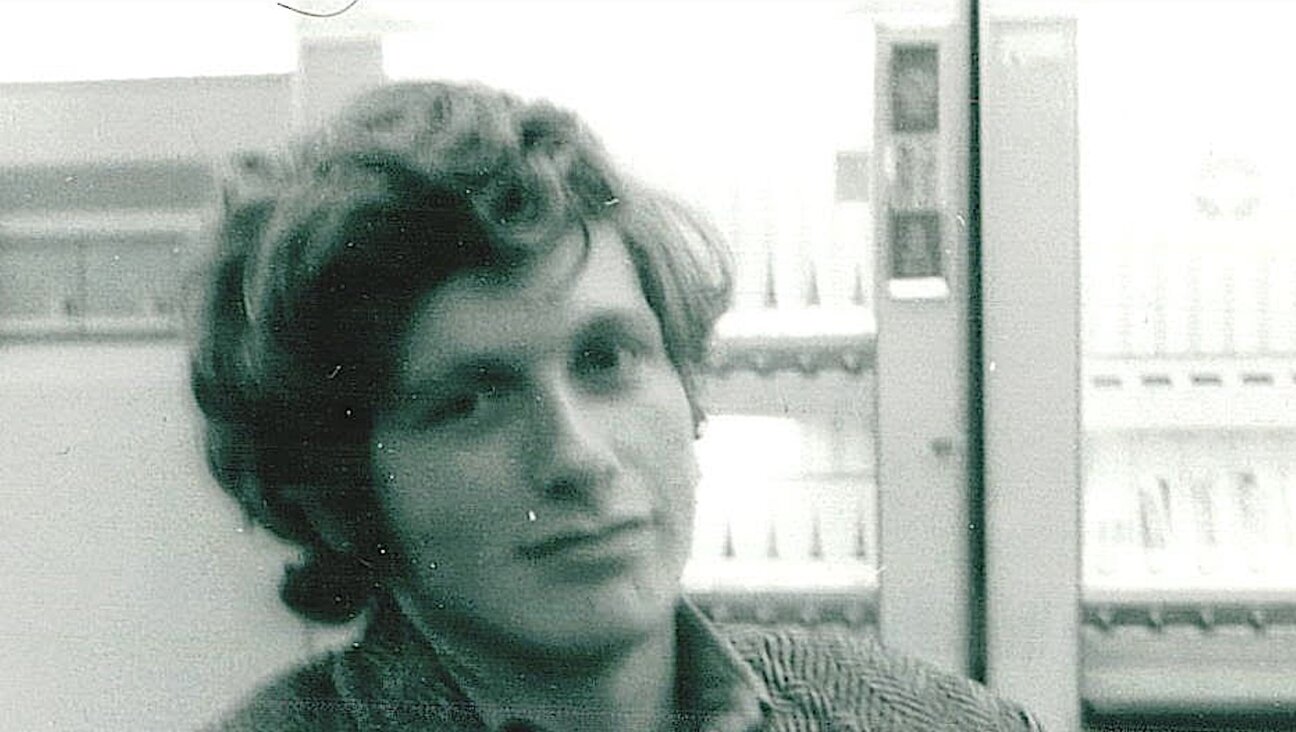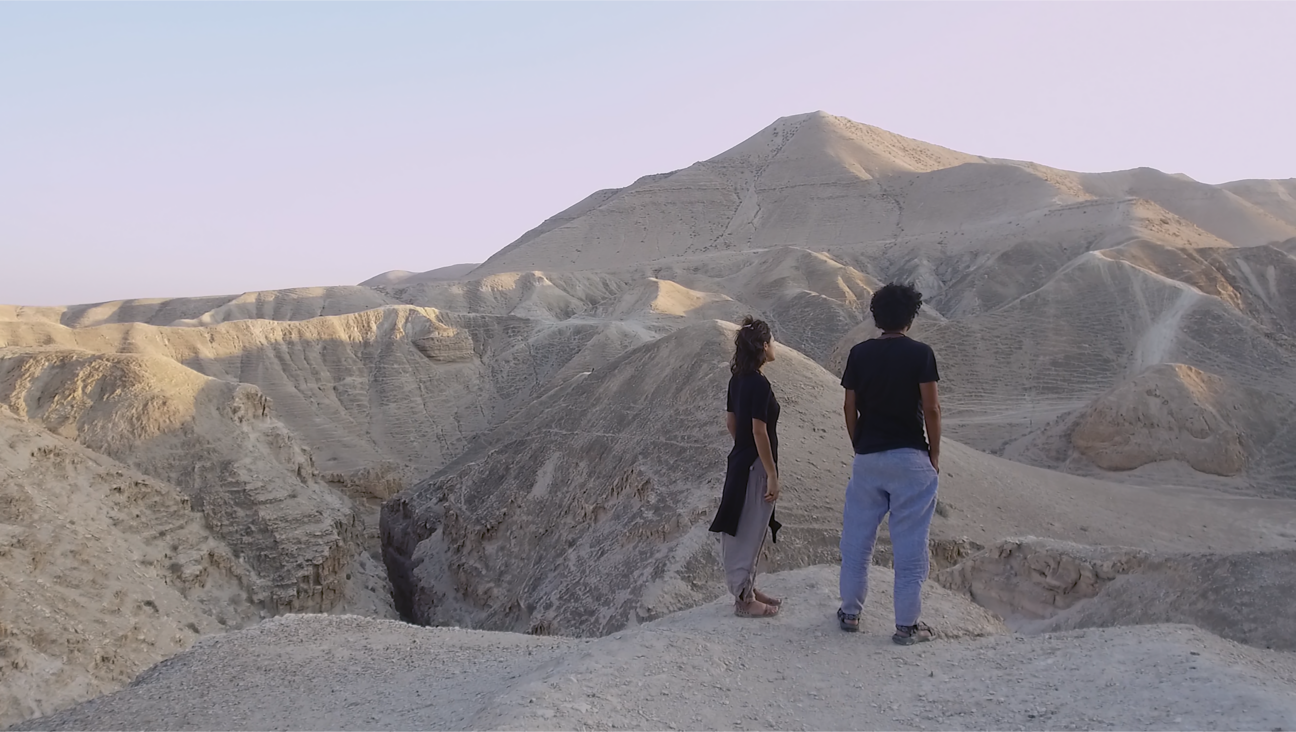Yiddish culture barely touched upon in ‘The New Jewish Canon’

Image by Getty Images
Read this article in Yiddish
What were the most important Jewish texts of the last 40 years? What did the Jewish opinion-makers have to say about the most important issues of Jewish survival? Yehuda Kurtzer and Claire Sufrin attempt to answer these questions in a collection of 70 selected documents called “The New Jewish Canon: Ideas and Debates, 1980-2015.”
The editors describe their project as “a kind of search for order in chaos.” They explain that their focus is on the topics of religion, jurisprudence and politics in America and Israel. They did not take into consideration culture, because that would make the question of Jewishness too complicated and their project would have become “unwieldy.”
The goal of the collection is to determine the status of Jewish debates around certain issues such as the role of ritual law in Jewish life and the religious, legal and political aspects of the occupied territories in Israel, Jewish identity in America, the place of the Holocaust in Jewish memory, the search for new modes of spirituality, and so forth. The original documents are printed in short excerpts and are accompanied by scholarly interpretations that explain the significance of each source.
The selected texts reflect a wide diversity of opinions and positions. At the same time, the ideological disposition of the editors is perfectly clear: They sympathize with the liberal wing of Modern Orthodoxy, which is wary of using religion for nationalist purposes.
Each section of the book deals with a specific theme. The chronological order of the documents allows the reader better to understand the development of the relevant debates. The first section is dedicated to Israeli politics, because the editors believe, in fact, that “the new rise of nationalism, especially as it is mapped onto religion, is an essential theme of the contemporary State of Israel for both for its ideological adherents and its critics.” Here one finds strong formulations of both positions, for example, in the public dispute between two distinguished American rabbis and former friends, Meir Kahane and Yitz (Irving) Greenberg, which took place at the Hebrew Institute in Riverdale, New York, in 1988.
Professor Shaul Magid analyzes the logic and rhetoric of each speaker in his analysis of that debate. Kahane had contended, on the basis of religious law, that democracy in Israel is a right for the Jews, not the Arabs. Peace, he argued, will come only in the time of the Messiah, and until then Israel must fight for its existence. Greenberg contended that Israel must remain a democratic state for all citizens and that this is the foundation of its political existence. Magid concludes: “The audience was sympathetic to Greenberg here, but in the end, their own anxiety about a liberal solution in Israel turned them largely back to Kahane.”
The impact of Yiddish culture on American Jewish society is barely discussed in the book, however. The central theme of the section, “History, Memory and Narrative,” is the role of collective memory in American Jewish life. Two chapters do touch on the issue of Yiddish but basically as a language of murdered Jews. Naomi Seidman’s article from 1996 analyzes the difference between the Yiddish and French version of Eli Wiesel’s autobiographical novel Un di velt hot geshvign (“Night” in French and in English). In his commentary on Seidman’s article, Leib Smokler writes that it “called attention to the grand implication of storytelling on our own self-understanding. Storytellers cannot be separated from the stories they tell, the events to which they bear witness.”
The other document that touches on Yiddish is Dr. Dara Horn’s interpretation of Ruth Wisse’s polemical article, “How Not to Remember and How Not to Forget” (2008). Wisse criticizes the exhibit in the U.S. Holocaust Memorial Museum for omitting the rise of Israel out of the ruins of European Jewry. Horn’s contention is somewhat different. She criticizes American Holocaust memory for emphasizing the murder of European Jews rather than their lives before the Holocaust. She appeals to the reader: “Consider how many educated American Jews could name three concentration camps — and compare that with how many could name three Yiddish authors?” By selecting these texts by Seidman and Wisse for the “New Jewish Canon,” the message is clear: for the American Jewish intelligentsia, Yiddish is primarily associated with the Holocaust.
The last part of the collection considers Jewish identity and socialization in America from several perspectives — religious, feminist, sociological and political. Here the absence of culture feels like a real omission. It speaks of personal experiences, offering opinions and expertise, and wrangles over various issues. But one doesn’t see how these experiences, opinions, and debates are reflected in cultural creativity.
This is probably the most important departure from convention by the editors of “New Jewish Canon.” Until recently the multilingual Jewish culture truly occupied a distinguished place in Jewish life. But in the opinion of the editors of this new canon, culture is a complicated concept, because of an inability to provide a clear distinction between what is “Jewish” and what isn’t. It would seem, accordingly, that culture is no longer an important component of a contemporary Jewish identity.
A message from our Publisher & CEO Rachel Fishman Feddersen

I hope you appreciated this article. Before you go, I’d like to ask you to please support the Forward’s award-winning, nonprofit journalism during this critical time.
At a time when other newsrooms are closing or cutting back, the Forward has removed its paywall and invested additional resources to report on the ground from Israel and around the U.S. on the impact of the war, rising antisemitism and polarized discourse.
Readers like you make it all possible. Support our work by becoming a Forward Member and connect with our journalism and your community.
— Rachel Fishman Feddersen, Publisher and CEO


